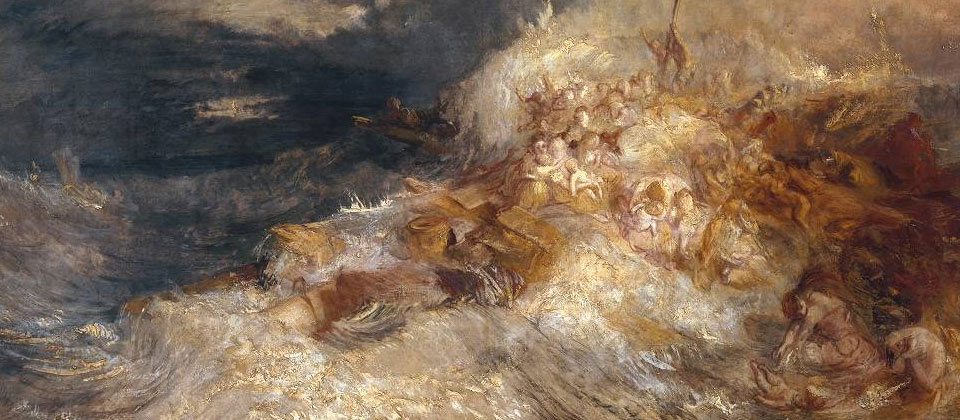
These authors expressed an appreciation of the fearful and irregular forms of external nature, and Joseph Addison's synthesis of concepts of the sublime in his The Spectator, and later the Pleasures of the Imagination. In Britain, the development of the concept of the sublime as an aesthetic quality in nature distinct from beauty was brought into prominence in the 18th century in the writings of Anthony Ashley-Cooper, third earl of Shaftesbury, and John Dennis. British writers, taking the Grand Tour in the 17th and 18th centuries, first used the sublime to describe objects of nature. It was associated with the works of the French writers Pierre Corneille, Jean-Baptiste Racine, Jean-Baptiste l'Abbé Dubos, and Nicolas Boileau-Despréaux. The concept of the sublime emerged in Europe with the birth of literary criticism in the late 17th century. Later the treatise was translated into English by John Pultney in 1680, Leonard Welsted in 1712, and William Smith in 1739 whose translation had its fifth edition in 1800. This treatise was rediscovered in the 16th century, and its subsequent impact on aesthetics is usually attributed to its translation into French by linguist Nicolas Boileau-Despréaux in 1674.

Longinus' treatise is also notable for referring not only to Greek authors such as Homer, but also to biblical sources such as Genesis. As such, the sublime inspires awe and veneration, with greater persuasive powers.

For Longinus, the sublime is an adjective that describes great, elevated, or lofty thought or language, particularly in the context of rhetoric. This is thought to have been written in the 1st century AD though its origin and authorship are uncertain.

The first known study of the sublime is ascribed to Longinus: Peri Hupsous/Hypsous or On the Sublime.


 0 kommentar(er)
0 kommentar(er)
